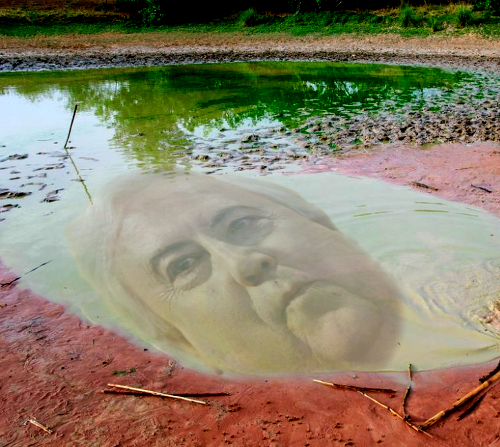Clive's big bill outlined
 Leaked documents suggest Clive Palmer could face a clean-up bill of over one billion dollars for his Queensland nickel refinery.
Leaked documents suggest Clive Palmer could face a clean-up bill of over one billion dollars for his Queensland nickel refinery.
Palmer took over the strife-torn nickel refinery from its previous owner BHP Billiton in 2009.
Documents prepared under BHP’s ownership suggest that the cost of shutting down and rehabilitating the toxic land and tailings ponds would be about $1.4 billion, according to News Corp reports.
The internal documents allegedly state that in the months before the mining giant gave the refinery to Mr Palmer in mid-2009, BHP outlined a massive future bill for shutdown, sackings, demolition and clean-up.
The total $1.415 billion estimate included “backfill of pits and rehabilitation of mine area, remediate contaminated soil/groundwater, rehabilitate dams and evaporation cells”, reports say.
It is alleged that Mr Palmer was fully aware of the costs down the line when he took over the refinery, which initially brought him a significant windfall amid a rising nickel price.
If insolvency experts determine that the site must be shut, BHP’s estimates give an idea of the potentially huge cost to taxpayers for the cleanup.
The 2009 internal review identified a range of known environmental risks, asking fundamental questions like: “How many years until groundwater is acceptable?” and “What is acceptable groundwater quality?”
“Groundwater is already high in ammonia. Post-closure activities could go well beyond 2021,” the review warned.
BHP’s analysts said dealing with hazardous materials in the tailings ponds and in the soil, including asbestos and radiation sources, would lead to astronomical costs.
BHP Billiton executives branded the plant as unviable before Mr Palmer took it over.
“That is why BHP effectively gave it away to him. It was a net liability to us at the time,” a BHP executive from the era recently told reporters.
BHP appears to have been keen to ensure Mr Palmer was fully in control of the plant and had the money to rehabilitate it.
The company included a guarantee in its sale terms that Mr Palmer could not strip cash from the refinery for three years.
Reports on the sale agreement say Mr Palmer agreed not to pay “any dividend ... permit or facilitate any return of capital, capital reduction, share buyback or any other form of distribution ... provide any financial benefit to a buyer or [Mr Palmer] or to any person or entity associated with a buyer or [Mr Palmer]”, for three years after the 2009 deal.
But Palmer allegedly used the refinery’s money to buy the Hyatt Coolum resort and golf courses, which he told staff was a way of “diversifying” Queensland Nickel’s assets by picking up bargain properties at post-global financial crisis prices.
The refinery’s major environmental risks are the subject of legal action from the Queensland environmental regulator, after multiple spills of toxic substances from its tailings dams.
Nitrogen concentrations in the ponds are reportedly over 150 times the maximum for sewage discharge in the nearby Great Barrier Reef marine park, and authorities say the last big spill into the ecosystem of Halifax Bay in the World Heritage Area was “similar to the daily discharge of treated sewage from a city of seven million people”.
But Mr Palmer has bought himself a bit more time, threatening state environmental regulators with a $6.4 billion compensation claim “should the Great Barrier Reef Marine Park Authority intend to exert authority over the company’s operations”.








 Print
Print